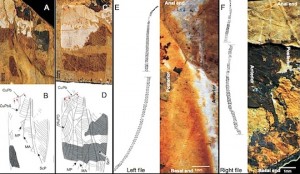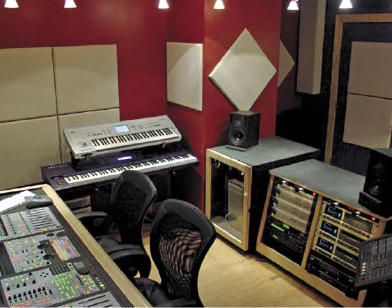httpv://www.youtube.com/watch?v=jo52yszIfPw
Audio engineer Bruce Swedien talks about keeping the mix primitive. Years ago I had his video series on microphone usage. The big tip I picked up from that was to use microphones to capture part of the room. Using microphone pairs to combine the source and ambient reflections. Also started to record keyboard parts going through amps rather than direct to the console.
I think it’s a wonderful approach to sound design and engineering. I’ve also always enjoyed Bruce Swedien’s low profile presentation. Most of us producing music these days are guilty at one point or another of getting too involved in the gear. I guess like with most studies the key is to study the details and geeky procedures as much as you can – but then forget all that and do your thing when it comes to your productions. Swedien really emphasizes the important of not losing the root passion of the music.
Continue reading “Bruce Swedien – Keeping the Mix Primitive” →


